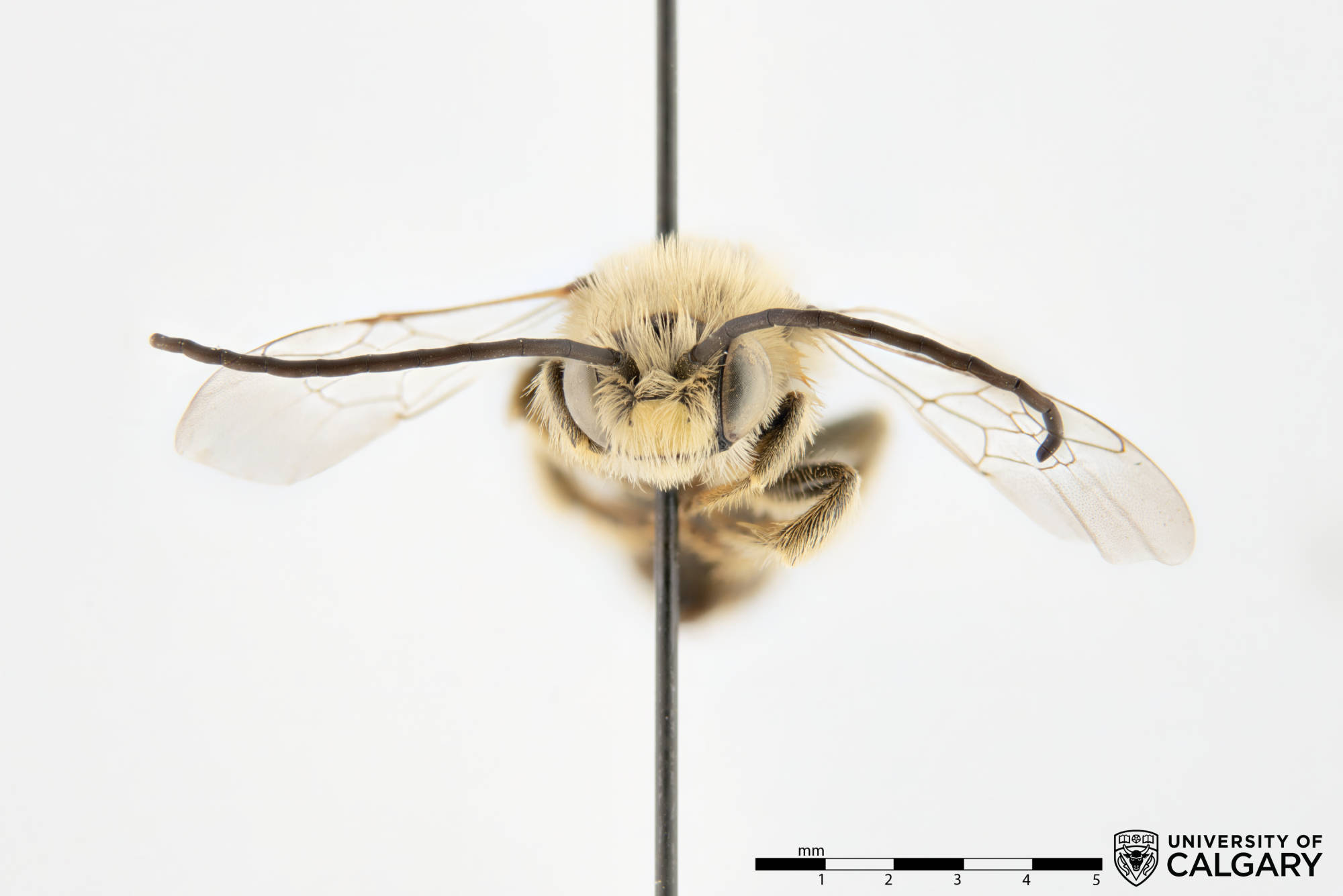Bio-Inspired Design
Bio-inspired design, sometimes referred to as biomimicry or biomimetic design, is the practice of solving human problems with solutions inspired by nature. Species overcome challenges in their environment in a wide variety of ways, such as having waterproofing in their skin or producing lightweight compounds when building a nest. The idea behind bio-inspired design is that we can learn from biology and apply this understanding to our own problems.
Here you’ll find a collection of functional morphologies – examples of how nature has overcome a problem and the structures that allows it to do so. Our pages can be searched by design terminology (does a structure help break down materials or let the species communicate?) or by type of species (invertebrate, vertebrate, or plant).
You can learn more about bio-inspired design at Ask Nature where our many of our pages are featured, such as our bio-inspired bee collection. You can also submit your own functional morphology page to be included on our site.
You can search our pages using the following design terms:
Move or Stay Put
How to move or stay still within the environment
Modify
Methods of modify physical, chemical or energetic resources
Make
The production of physical or chemical elements, or self-replication
Break Down
Breaking down physical or chemical resources
Protect from Harm
Protection from physical harm, including from living, non-living, structural and physiological threats
Maintain Community
Maintaining communication and cooperation within a community
Process Information
Sending and precessing signals, environmental cues, navigation and computation
Get, Store or Distribute Resources
The management and transport of resources available
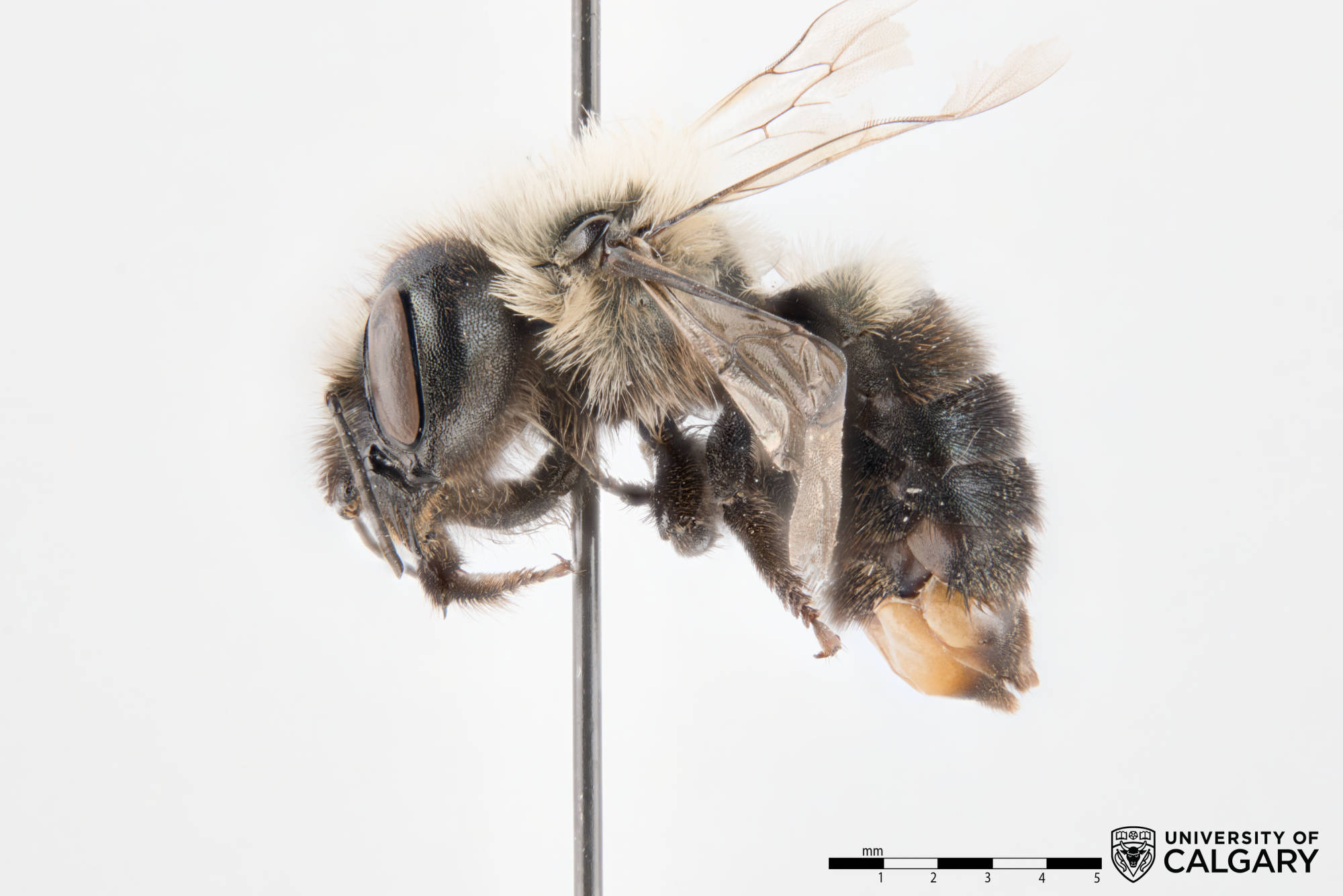
Basitarsal Brush
Functions Get, Store or Distribute Resources – Distribute – Solids The basitarsal brush is a collect…
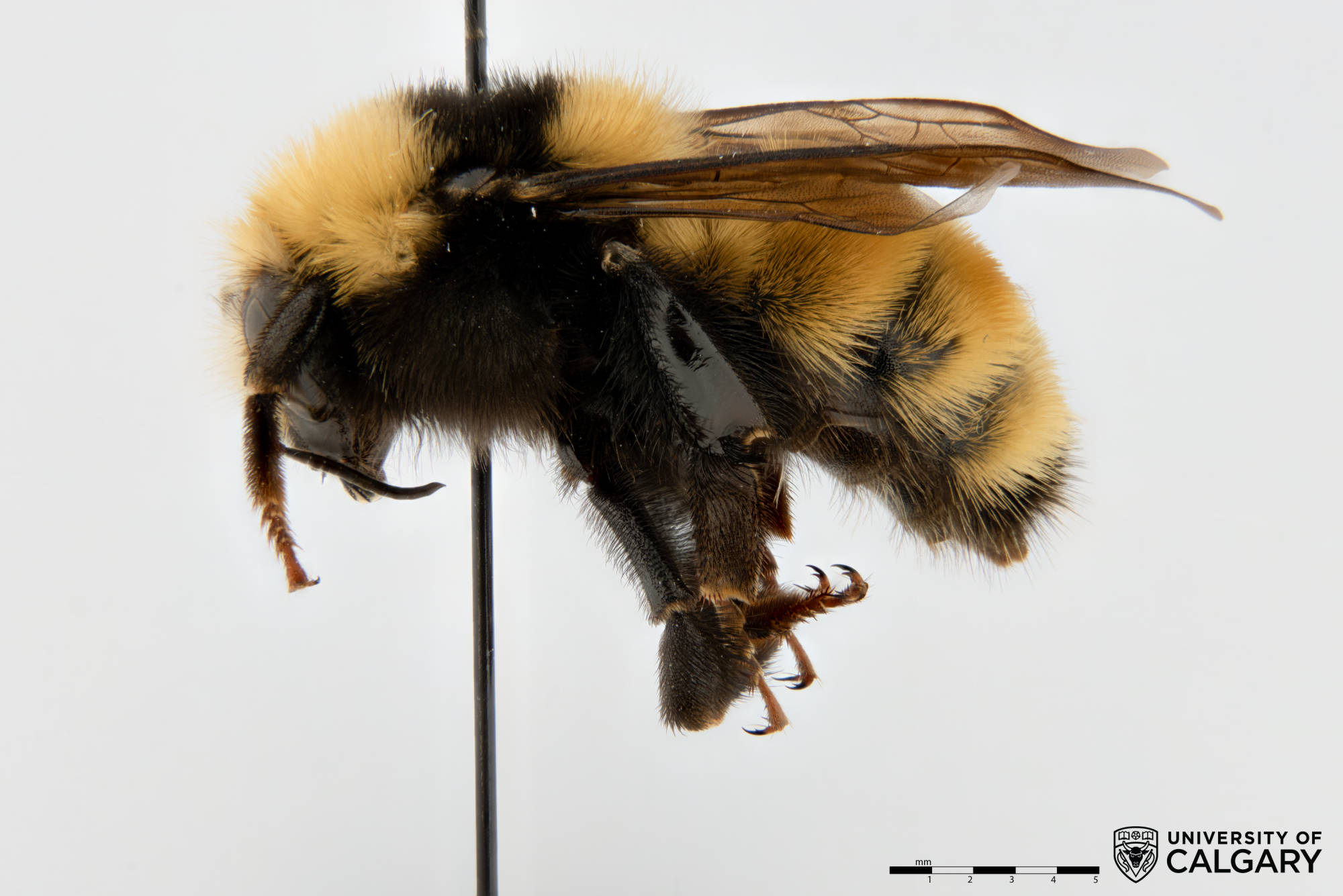
Dufour’s Gland
Functions Maintain Community – Cooperate – Within the Same Species Make – Chemically Assemble – Orga…

Midleg Basitarsus
Functions Get, Store or Distribute Resources – Expel – Solids The last large segment on the middle l…
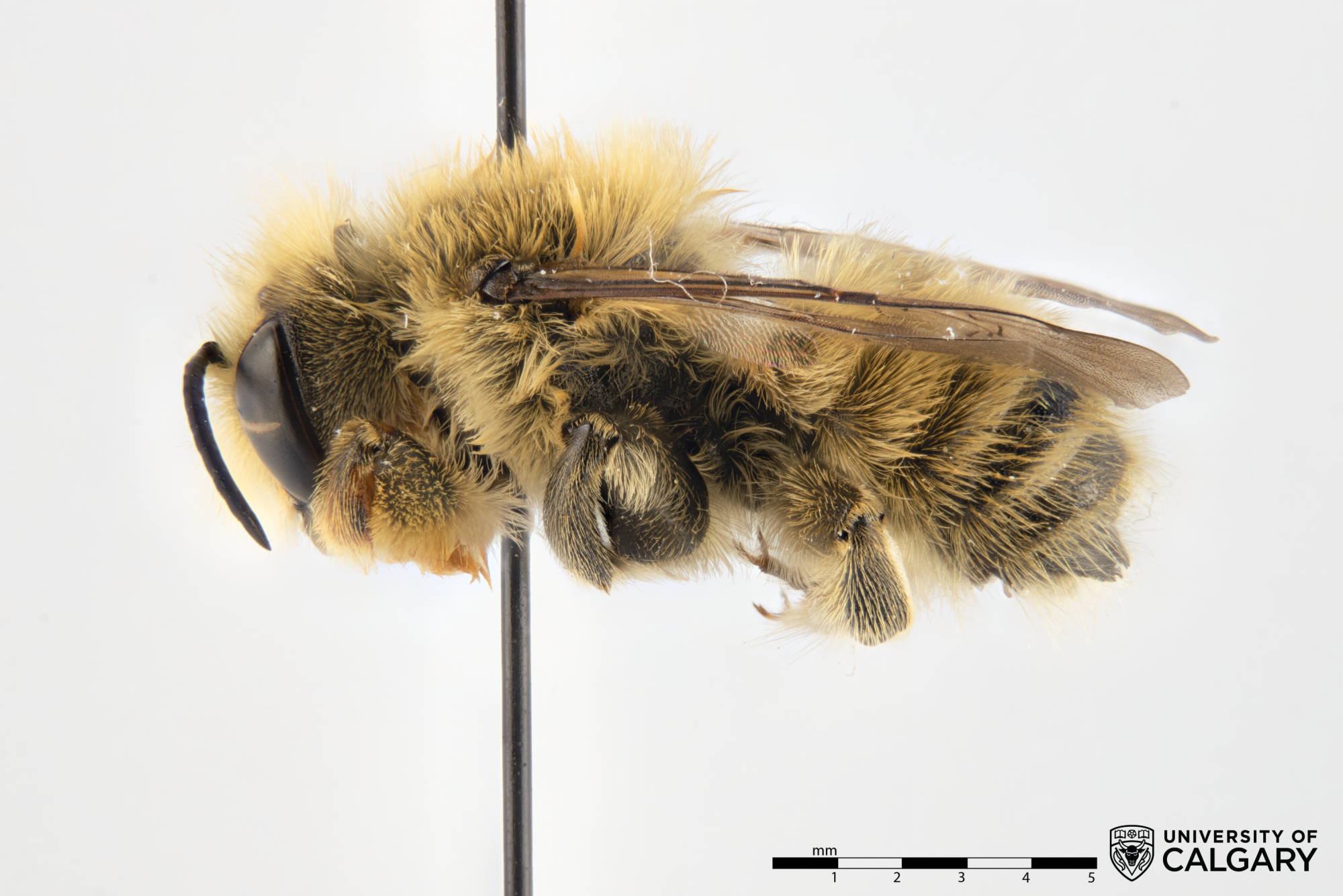
Modified Forelegs
Functions Move or Stay Put – Attach – Temporarily Maintain Community – Cooperate – Within the Same S…

Modified Hind Legs
Functions Move or Stay Put – Attach – Temporarily Differences in the hind legs of bees are often a s…

Modified Midlegs
Functions Move or Stay Put – Attach – Temporarily Get, Store or Distribute Resources – Expel – Soli…

Scopa and Corbicula
Functions Get, Store or Distribute Resources: Capture, absorb, store, distribute and expel – Solids…
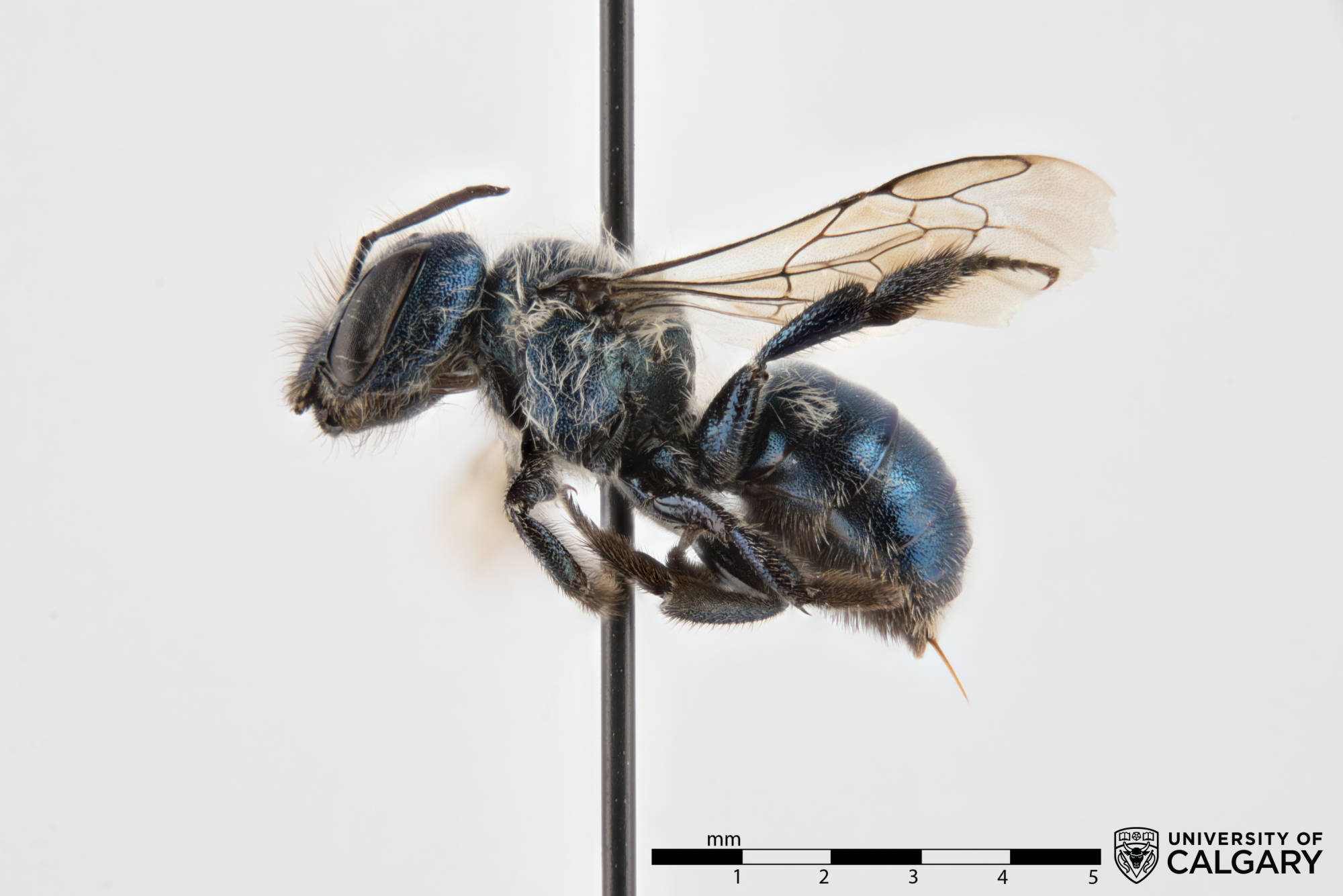
Structural Colour
Functions Modify Physical State – Colour There are two main ways an animal can get its colouration….
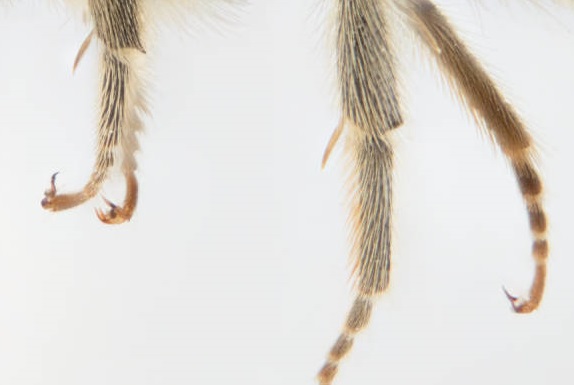
Tibial Spurs
Functions Break Down – Physically Break Down – Non-Living Materials One way to help classify a bee t…
